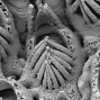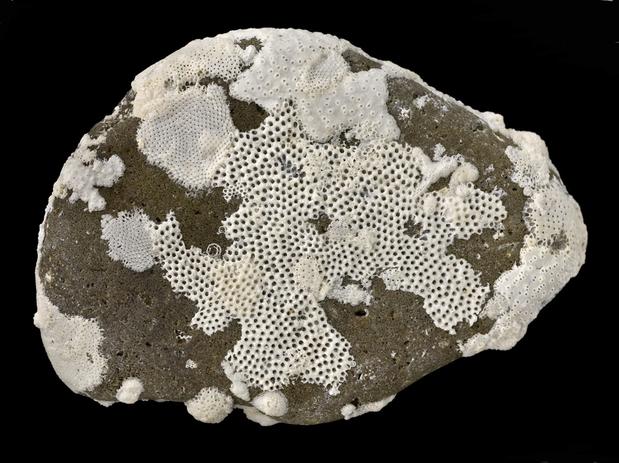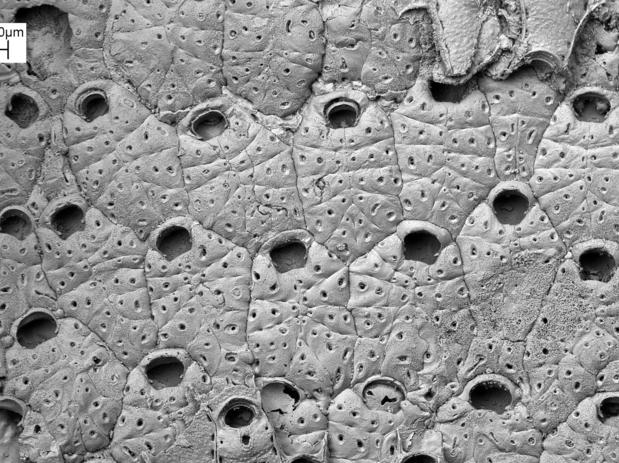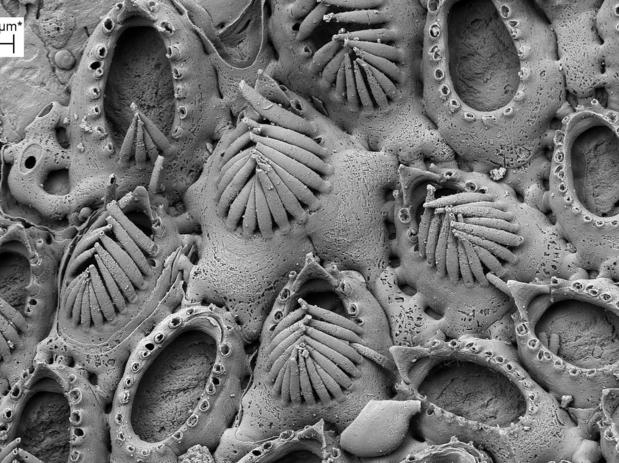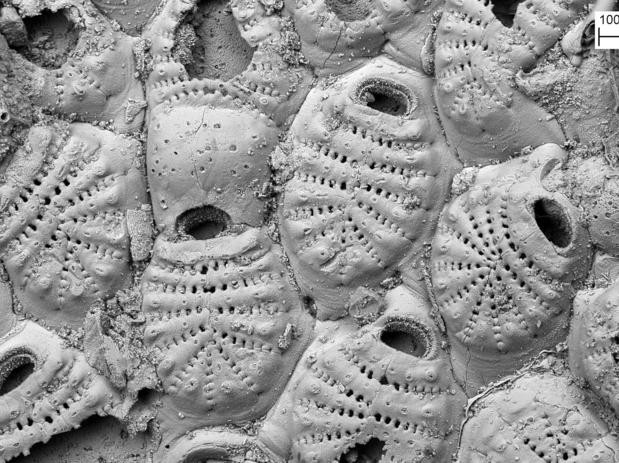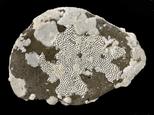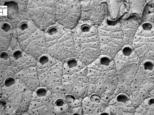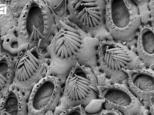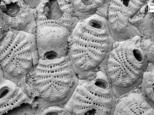Welcome to Pleistocene Bryozoa of Kuromatsunai, Japan
This site will provide the scientific community and general public with electronic access to information and images of the exceptional bryozoan fauna from the Pleistocene of Kuromatsunai in Hokkaido, northern Japan.
About bryozoans
Sometimes known colloquially as moss animals, sea mosses or lace corals, bryozoans are colonial invertebrates common in the sea today and also found in freshwater lakes and rivers. They construct colonies consisting of multiple, genetically identical individuals called zooids. These include feeding zooids equipped with ciliated crowns of tentacles to harvest plankton.
The fossil record of bryozoans is extensive on account of the calcareous skeletons that are secreted by the majority of species. While some fossil bryozoans have the form of miniature bushes or a variety of other shapes, the majority of species develop colonies resembling lichens that encrust surfaces such as rocks, shells and seaweeds on the sea-bed. Most of the bryozoans from the Pleistocene site at Kuromatsunai encrust pebbles, cobbles and shells.
Recently Added Taxon Descriptions
-
Anna Taylor - 2013-04-11
-
Anna Taylor - 2013-04-11
-
Anna Taylor - 2013-04-11
Recent Specimen/Observations
-
Anna Taylor - 2013-12-17
-
Anna Taylor - 2013-12-17
-
Anna Taylor - 2013-12-17
Recently Added Literature
-
Anna Taylor - 2012-11-13
-
Anna Taylor - 2012-08-03
-
Anna Taylor - 2012-08-03
